#WASHINGTON — As a Mars #helicopter continues to operate far past expectations, lessons from that vehicle are being incorporated into NASA’s evolving Mars Sample Return plans.
NASA’s Jet #Propulsion Laboratory announced Jan. 2 that the Ingenuity Mars helicopter completed its 70th flight on Dec. 22. The helicopter flew 260 meters during the 133-second flight, and has now traversed about 17 kilometers since its first flight in April 2021.
Ingenuity was included on the Mars 2020 mission as a technology demonstrator with the intent of performing no more than five flights. The success of Ingenuity during those flights led #NASA to continue flying the helicopter, turning it into a scout for the Perseverance rover.
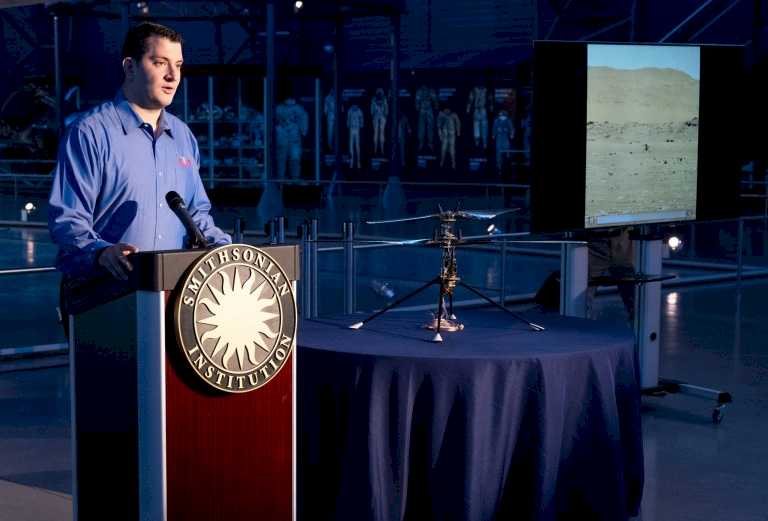

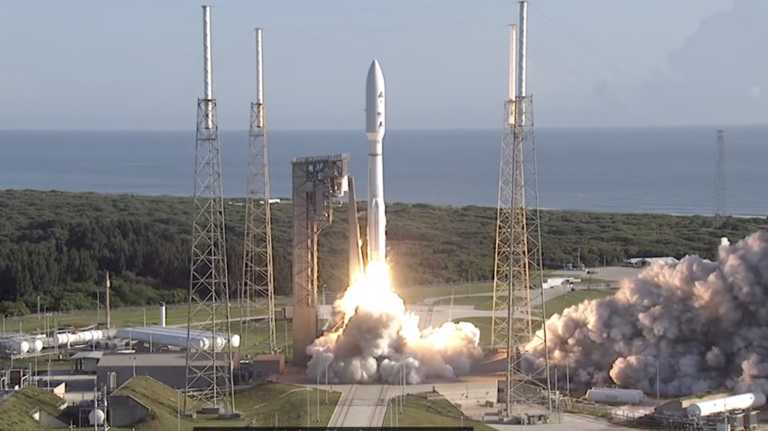


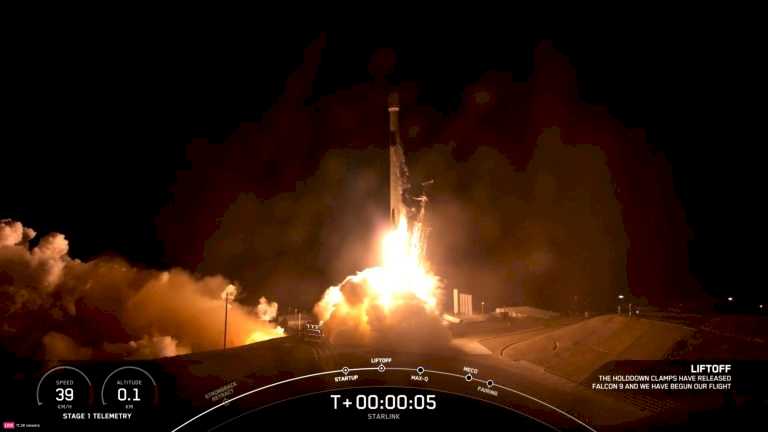
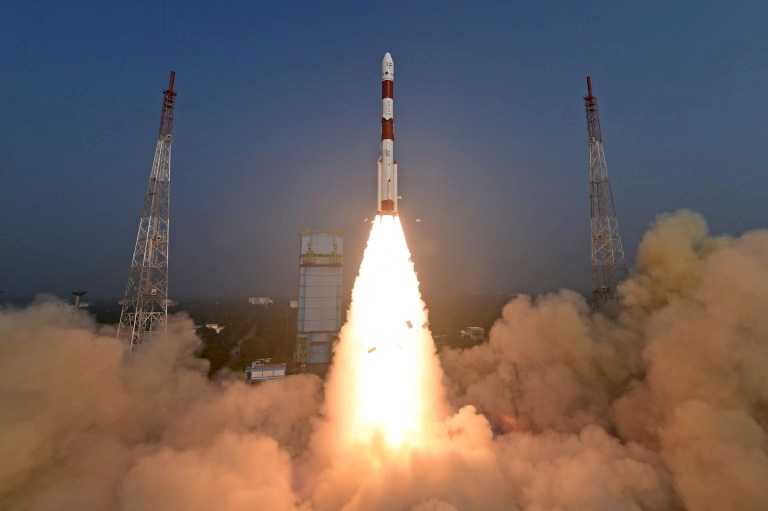
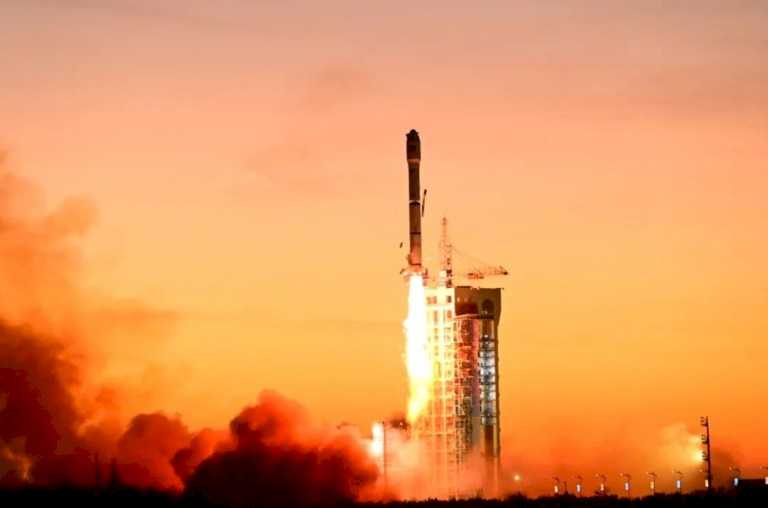
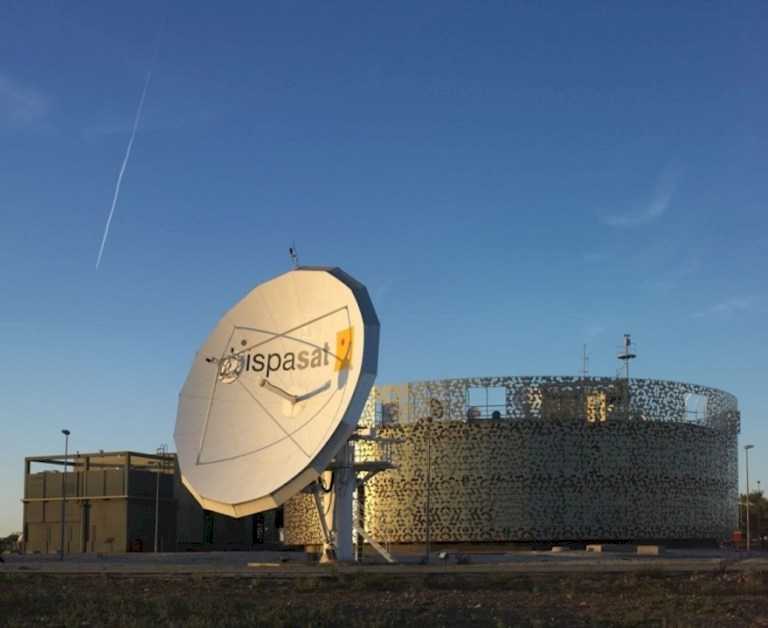
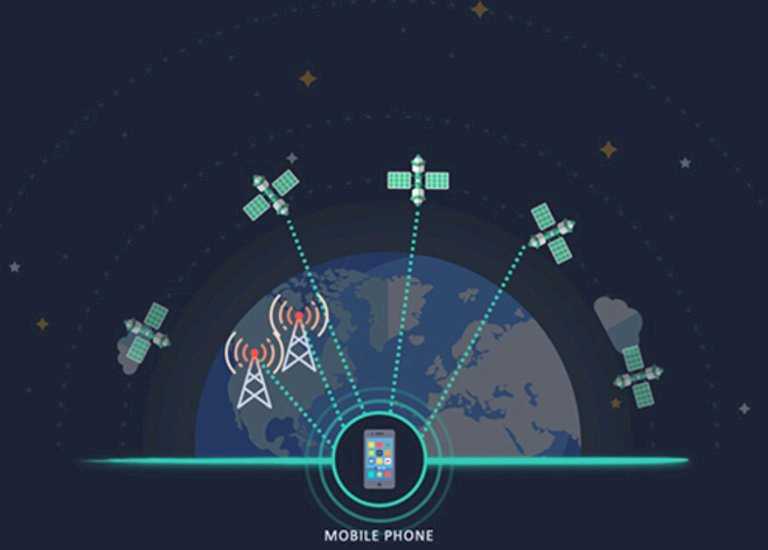
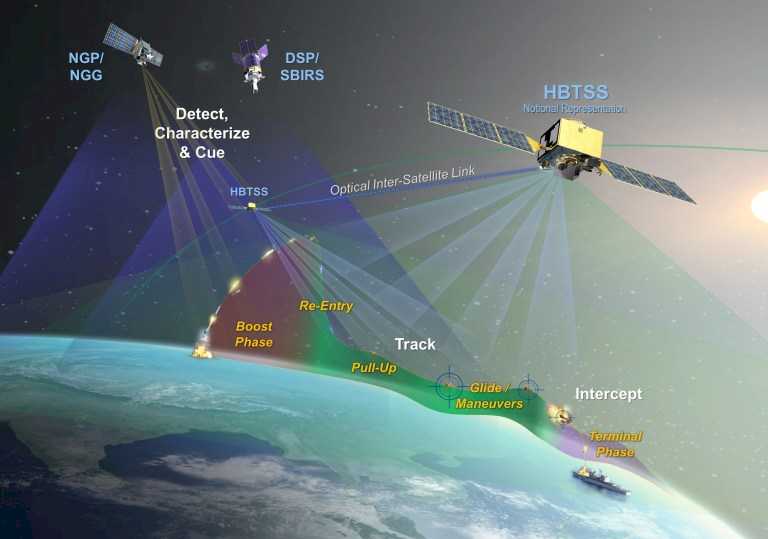
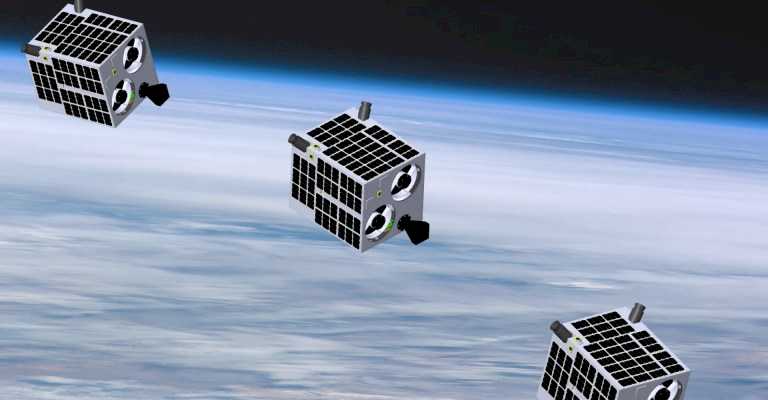

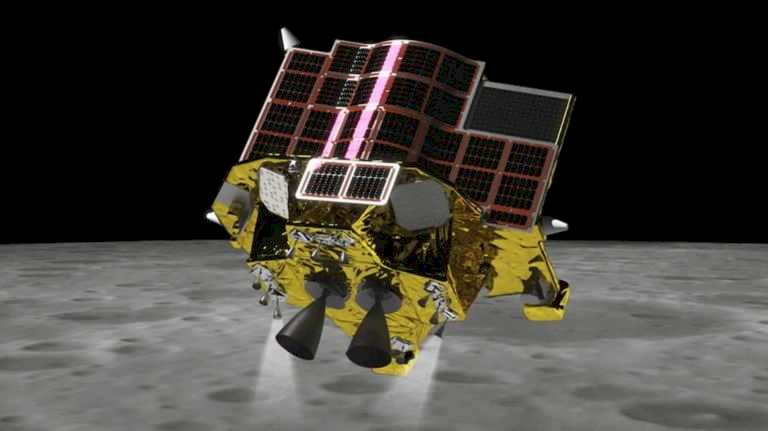




Space news on Umojja.com